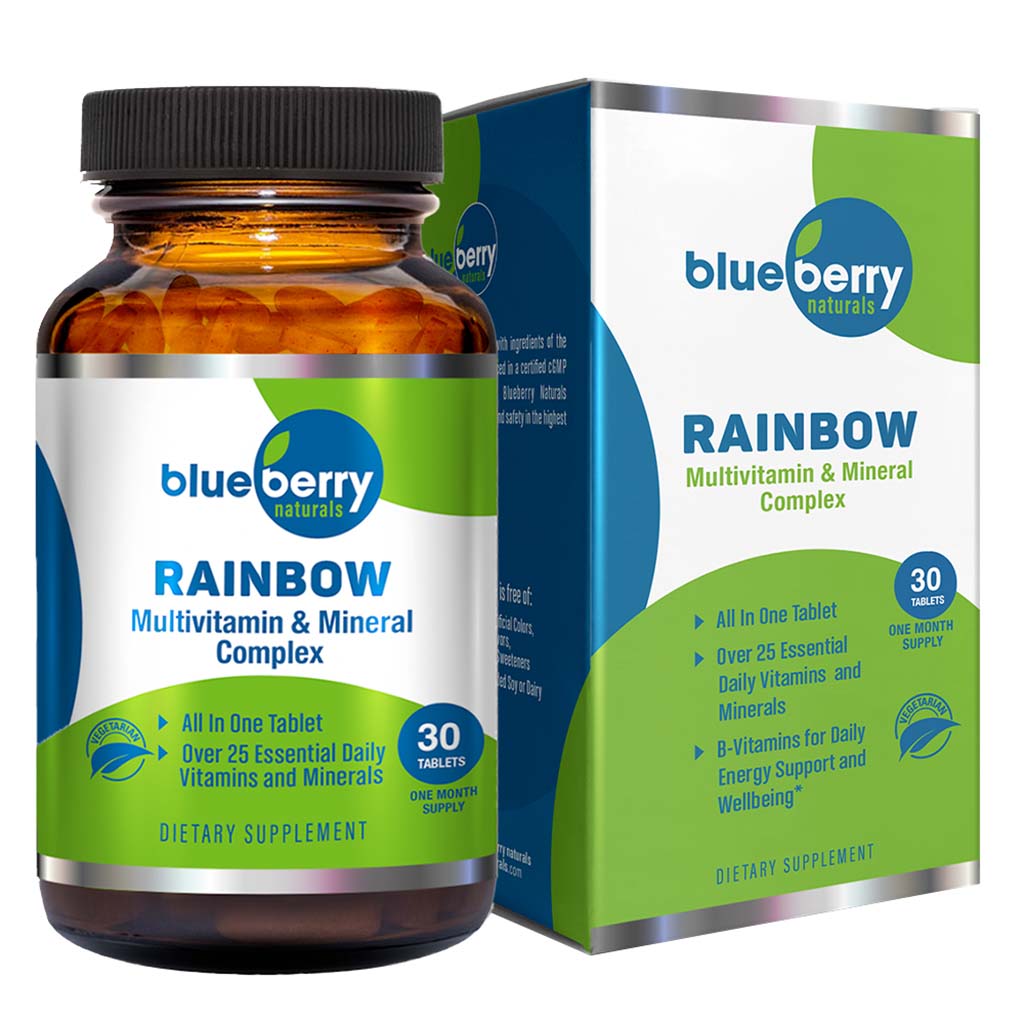Is an Economical Fish Transport System Really the Game-Changer?

Let’s face it: moving live fish safely and efficiently is a challenge that’s plagued fisheries, hatcheries, and conservationists for decades. Traditional methods like nets, buckets, and trucks are labor-intensive, stressful for the fish, and often expensive. With rising environmental and regulatory pressures, the need for smarter, more cost-effective solutions has never been clearer. In a world where every dollar and every fish counts, how can we ensure that transport doesn’t become a bottleneck for sustainability and profitability?
What Makes an Economical Fish Transport System Stand Out?
Here’s where innovation steps in. Imagine a solution that minimizes fish handling, reduces stress, and slashes labor costs-all while being gentle on your budget. This is precisely where economical fish transport system comes into the scenario. This technology offers a breath of fresh air. According to Whooshh Innovations, their TUber™ system uses pneumatic tubes to move fish quickly and safely, reducing the need for multiple handling steps that can injure or exhaust fish (source). By keeping fish in a moist, low-pressure environment, the TUber™ not only improves survival rates but also maintains fish quality for aquaculture and conservation projects.
How Does This Technology Actually Work?
The emphasis is more on simplicity. The TUber™ system uses gentle air pressure to propel fish through a flexible tube, allowing them to glide smoothly from one location to another. There’s no need for heavy machinery or water pumps-just a streamlined, energy-efficient process that’s easy to set up and operate. Fish are handled only once, when they’re fed into the tube, and then they’re on their way. This reduces the risk of injury, disease transmission, and stress, which can negatively impact fish health and survival.
What Are the Real-World Benefits?
Let’s put it in perspective with some bullet points:
-
Reduced Fish Handling: Fewer touchpoints mean less stress and lower mortality rates.
-
Labor Savings: One system can transport up to 60 fish per minute, slashing labor needs.
-
Portability: The TUber™ is lightweight and can be deployed in challenging environments, from hatcheries to remote field sites.
-
Energy Efficiency: No water pumps required, so energy use stays low.
-
Fish Quality: By minimizing handling and stress, the system supports better fish health and higher survival rates.
-
Cost-Effectiveness: Lower operational costs and maintenance make it a win for budget-conscious organizations.
These benefits add up to a solution that’s not just good for fish, but great for your bottom line.
Can This System Handle Emergencies?
Absolutely-emergencies call for solutions that are fast, reliable, and gentle on fish. The RescueRouter™ from Whooshh Innovations is specifically designed as an emergency fish transport solution, providing a portable, hand-load system for situations where fish need to be moved quickly and safely over short, temporary, or unpredictable routes. Whether it’s a sudden water quality issue, drought, infrastructure failure, or rescue after a spillway blockage, the RescueRouter™ can be rapidly deployed in the field. It minimizes fish handling and exposure to air and sun, reducing the risk of injury, disease, and stress that can affect survival rates
Emergency Fish Transport Solution: Ready When You Need It Most
Emergencies don’t wait for a convenient time. Whether it’s a sudden drop in water quality, a drought, or an infrastructure failure, the need to move fish quickly and safely can arise at any moment. That’s where Whooshh Innovations’ emergency fish transport solution-the RescueRouter™-comes into play (source). This mobile system uses the same pneumatic tube technology as the TUber™, but it’s designed for rapid deployment and versatility. The RescueRouter™ can be set up and broken down quickly, operates with minimal personnel, and can transport fish over rough terrain or into holding tanks, trucks, or new water bodies. It’s a true “grab-and-go” solution for fish rescue, transfer, or even educational events.
Why Should Decision-Makers Pay Attention?
The numbers speak for themselves. According to industry feedback, automated pneumatic systems like the TUber™ can reduce labor and handling costs by up to 30% compared to traditional methods. With the growing emphasis on animal welfare, regulatory compliance, and operational efficiency, investing in an economical fish transport system isn’t just a smart move-it’s becoming a necessity. Plus, with portable solutions like the RescueRouter™, organizations can be prepared for both routine operations and unexpected emergencies.
Final Thoughts: Is It Time to Rethink Fish Transport?
Modern fisheries, hatcheries, and conservation programs face mounting pressures to do more with less-less money, less labor, and less environmental impact. The shift toward an economical fish transport system is more than a trend; it’s a strategic response to real-world challenges. By embracing pneumatic tube technology, organizations can improve fish welfare, reduce costs, and boost operational flexibility. And with emergency-ready solutions like the RescueRouter™, you’re prepared for whatever comes your way. Isn’t it time your fish transport strategy caught up with the future?









































































































![Building A Digital PR Strategy: 10 Essential Steps for Beginners [With Examples]](https://buzzsumo.com/wp-content/uploads/2023/09/Building-A-Digital-PR-Strategy-10-Essential-Steps-for-Beginners-With-Examples-bblog-masthead.jpg)

















































